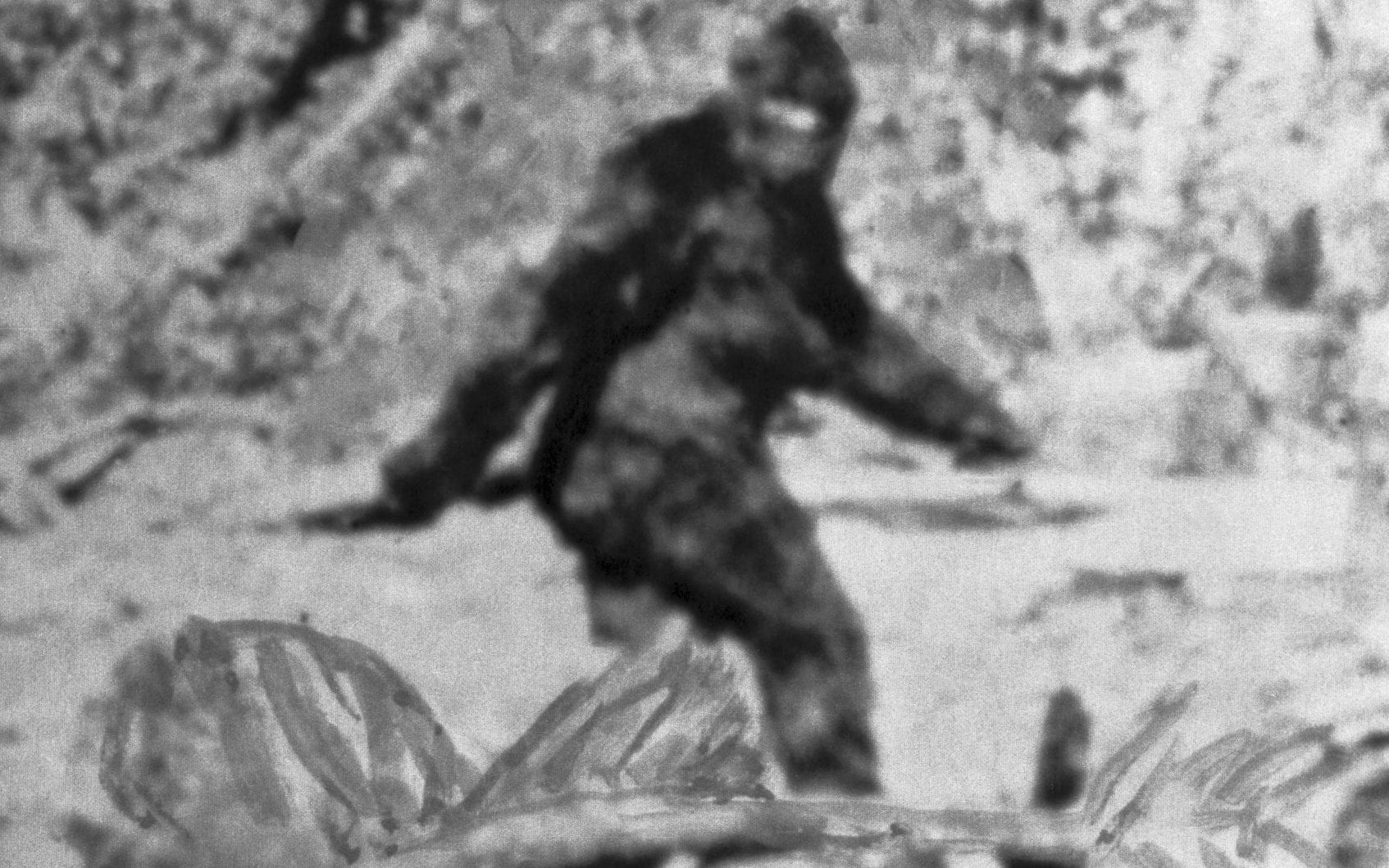Secret of the Abominable Snowman revealed after scientists analyse 'Yeti' DNA

A photo of Bigfoot or the Abominable Snowman CREDIT: BETTMANN
The Yeti or Abominable Snowman, has featured in the folklore of Nepal and Tibet for centuries, with countless reports of a mysterious shaggy-coated creature roaming the snowy Asian mountains.
Huge footprints, tufts of hair and strange elongated bones all seemed to point to a giant wild man living in the wilderness, and even the Nazis launched a secret expedition to find the monster in the 1930s, believing it may represent the origin of the Aryan race.
But now scientists have carried out the most thorough investigation of Yeti remains to date, trawling museums and private collections for specimens to test DNA. The results suggests the hair, bones, teeth and faecal samples all belong to Asian black bears, Himalayan or Tibetan brown bears.
A new study ties DNA from purported Yetis to Asian bears, including Himalaya brown bears.
"Our findings strongly suggest that the biological underpinnings of the Yeti legend can be found in local bears, and our study demonstrates that genetics should be able to unravel other, similar mysteries," said Dr Charlotte Lindqvist, associate professor of biological sciences in the University at Buffalo, New York.
"This study represents the most rigorous analysis to date of samples suspected to derive from anomalous or mythical 'hominid'-like creatures. Clearly, a big part of the Yeti legend has to do with bears.”
Dr Lindqvist and colleagues investigated samples such as a scrap of skin from the hand or paw of a ‘Yeti’ - part of a monastic relic - and a fragment of femur bone from a decayed ‘Yeti’ found in a cave on the Tibetan Plateau.
The skin sample turned out to be from an Asian black bear, and the bone from a Tibetan brown bear.
Previous scientific studies had suggested that ‘yeti’ fur may have come from an ancient lineage linked to polar bears.
In 2013, Bryan Sykes, a professor of genetics at Oxford University, discovered that two samples of hair were a match were polar bear DNA from 40,000 years ago, suggesting an ancient hybrid may exist in the Himalayas.
One golden-brown hair sample came from an animal shot by a hunter in Ladakh, India, 40 years ago. The other, reddish-brown hair, was recovered from a high altitude bamboo forest in Bhutan. The site was described as the nest of a “Migyhur”, or Bhutanese yeti.
Prof Sykes claimed that the hairs he analysed were a 100 per cent match with a sample from an ancient polar bear jawbone found in Svalbard, Norway. The jawbone dated back between 40,000 and 120,000 years - a time when the polar bear and closely related brown bear were separating as different species.
However the scientists said they had taken samples from the same Indian specimen as Prof Sykes and found it came from a brown bear.
“Sykes suggested that a previously unrecognized bear species or possibly a hybrid between brown bear and polar bear exists in the Himalayas,” the authors wrote in the journal Proceedings of The Royal Society B.
“Here, we unambiguously show that this sample is from a bear that groups with the Himalayan brown bear.
Source link http://www.telegraph.co.uk
Congratulations @janjuah8! You have completed some achievement on Steemit and have been rewarded with new badge(s) :
Click on any badge to view your own Board of Honor on SteemitBoard.
For more information about SteemitBoard, click here
If you no longer want to receive notifications, reply to this comment with the word
STOP